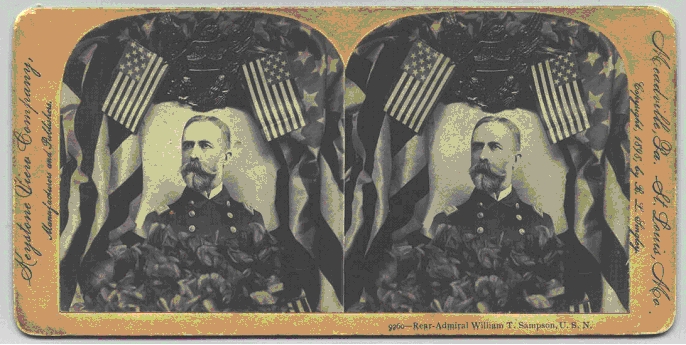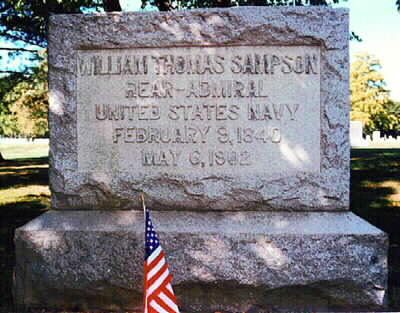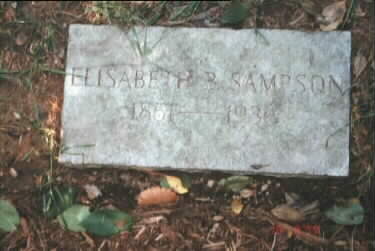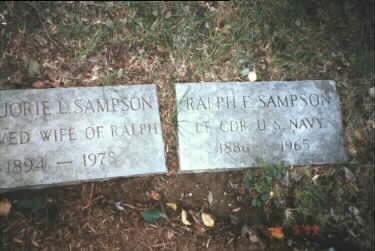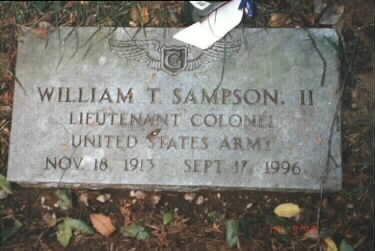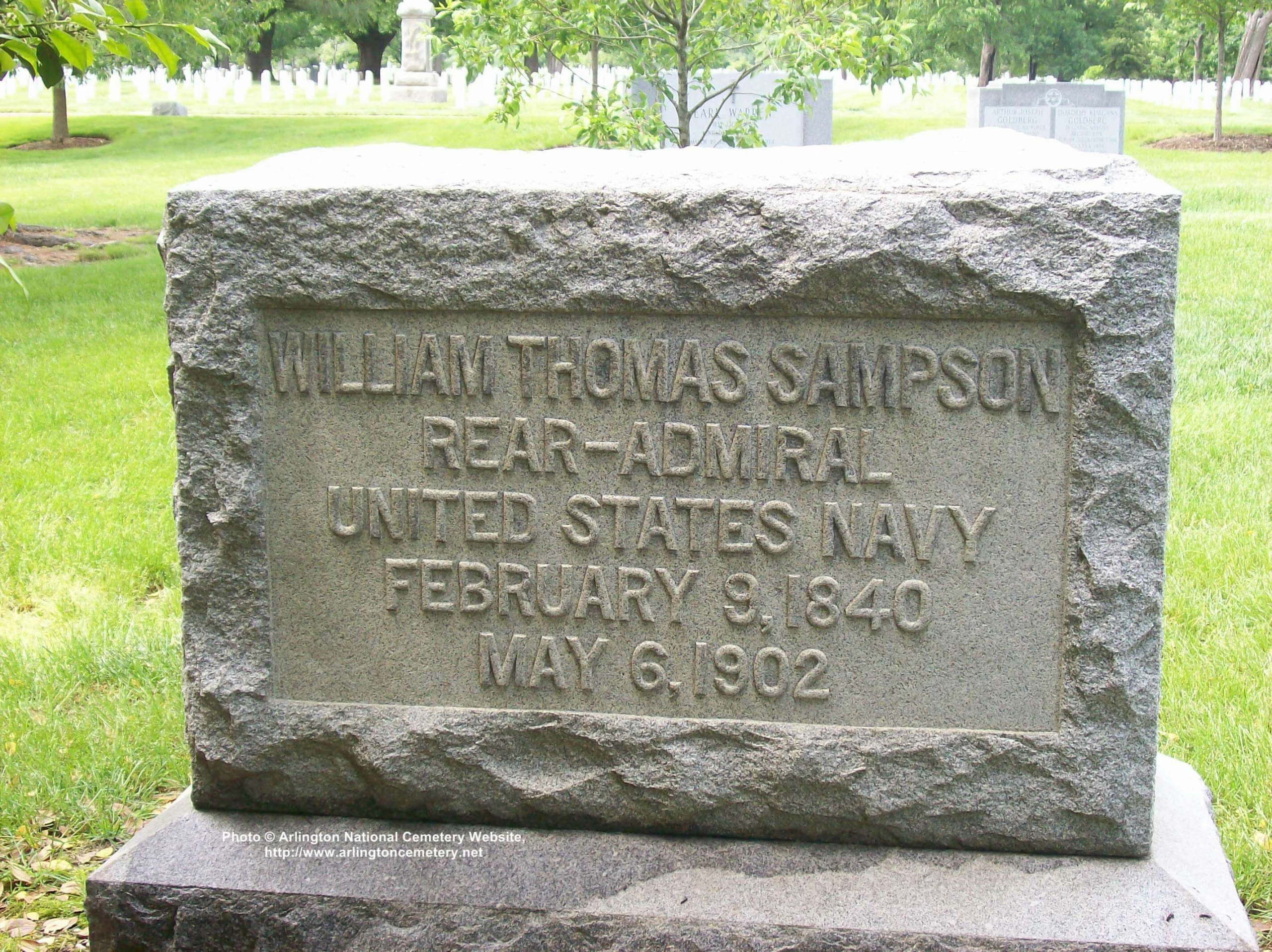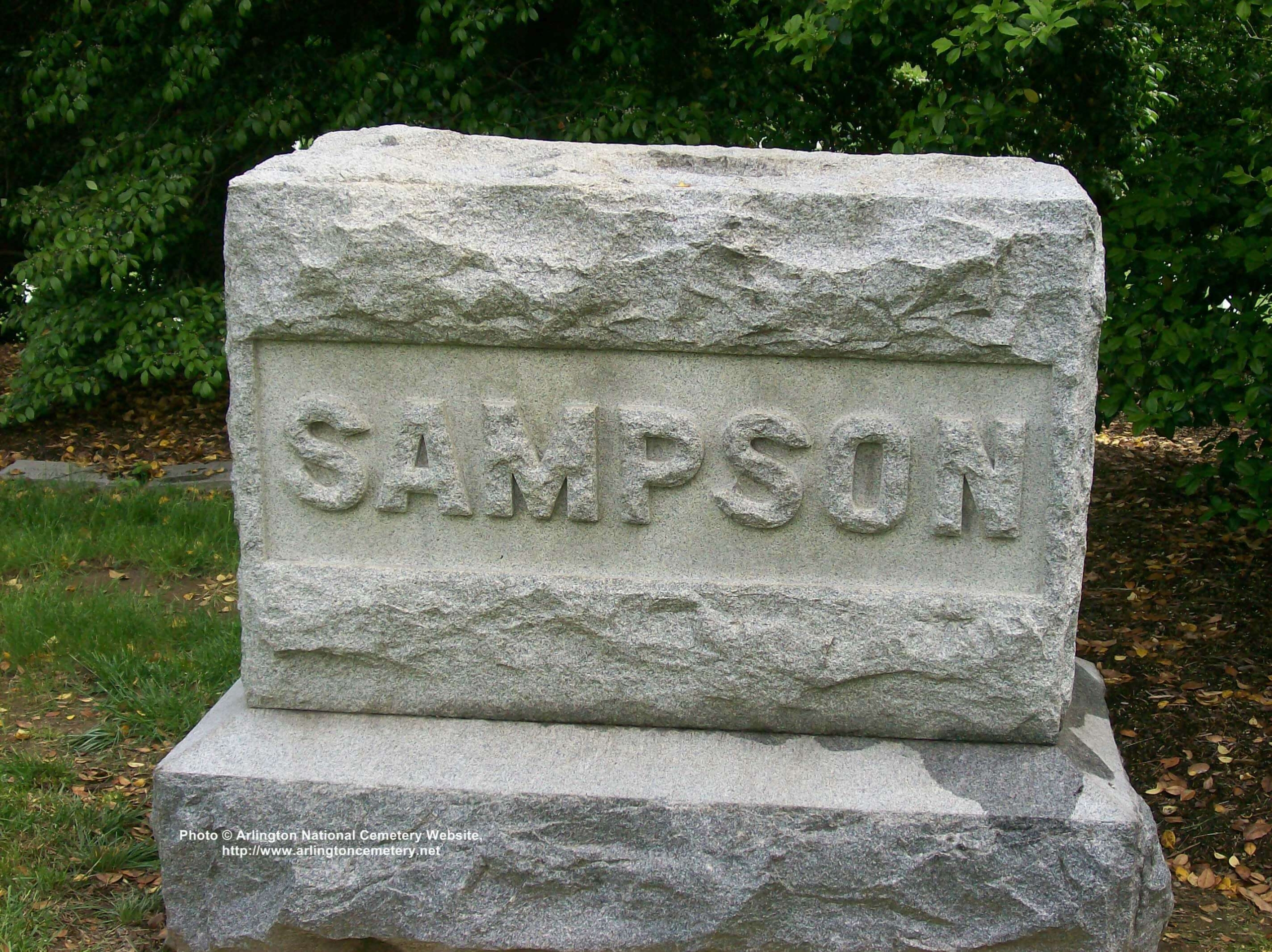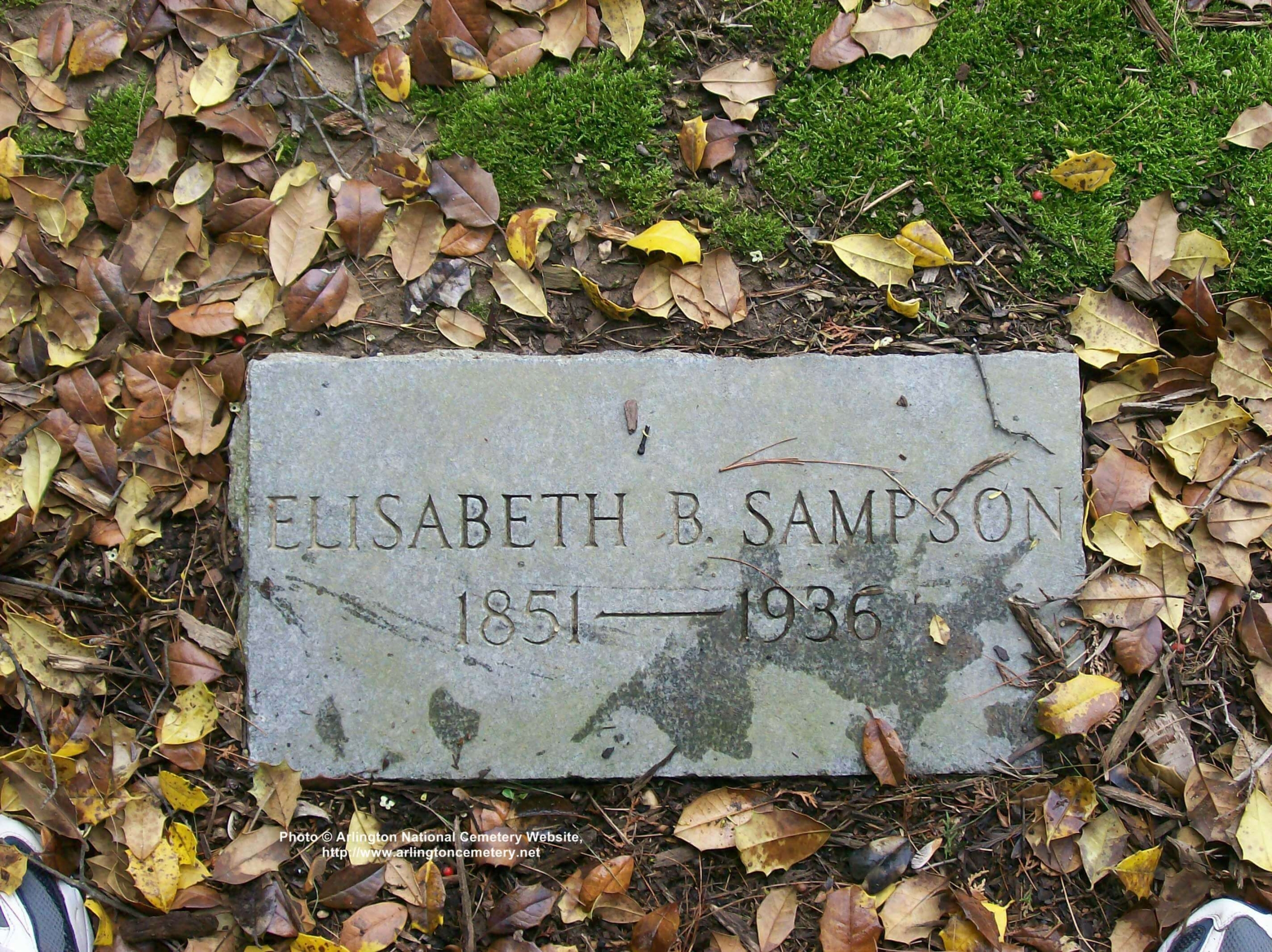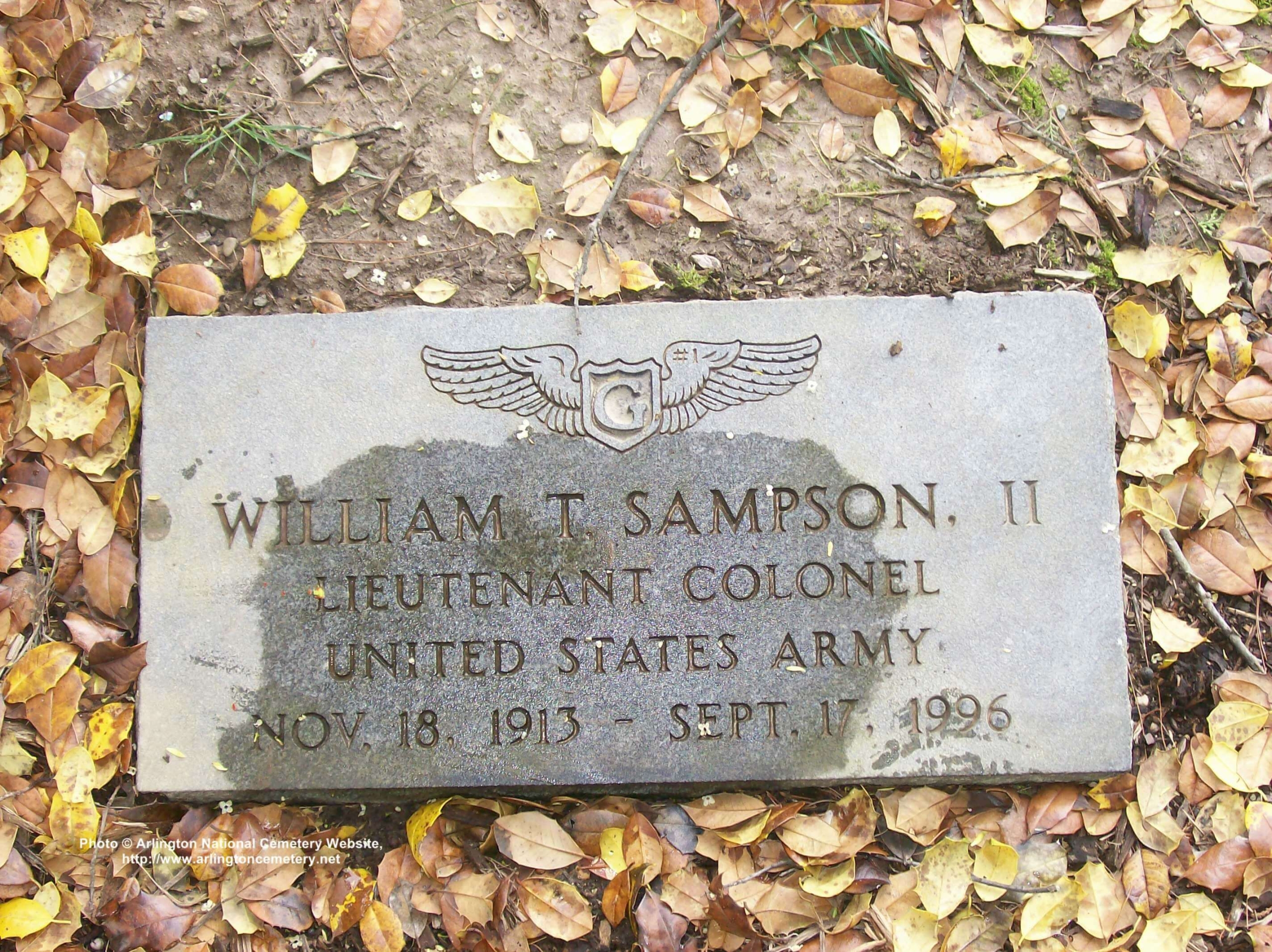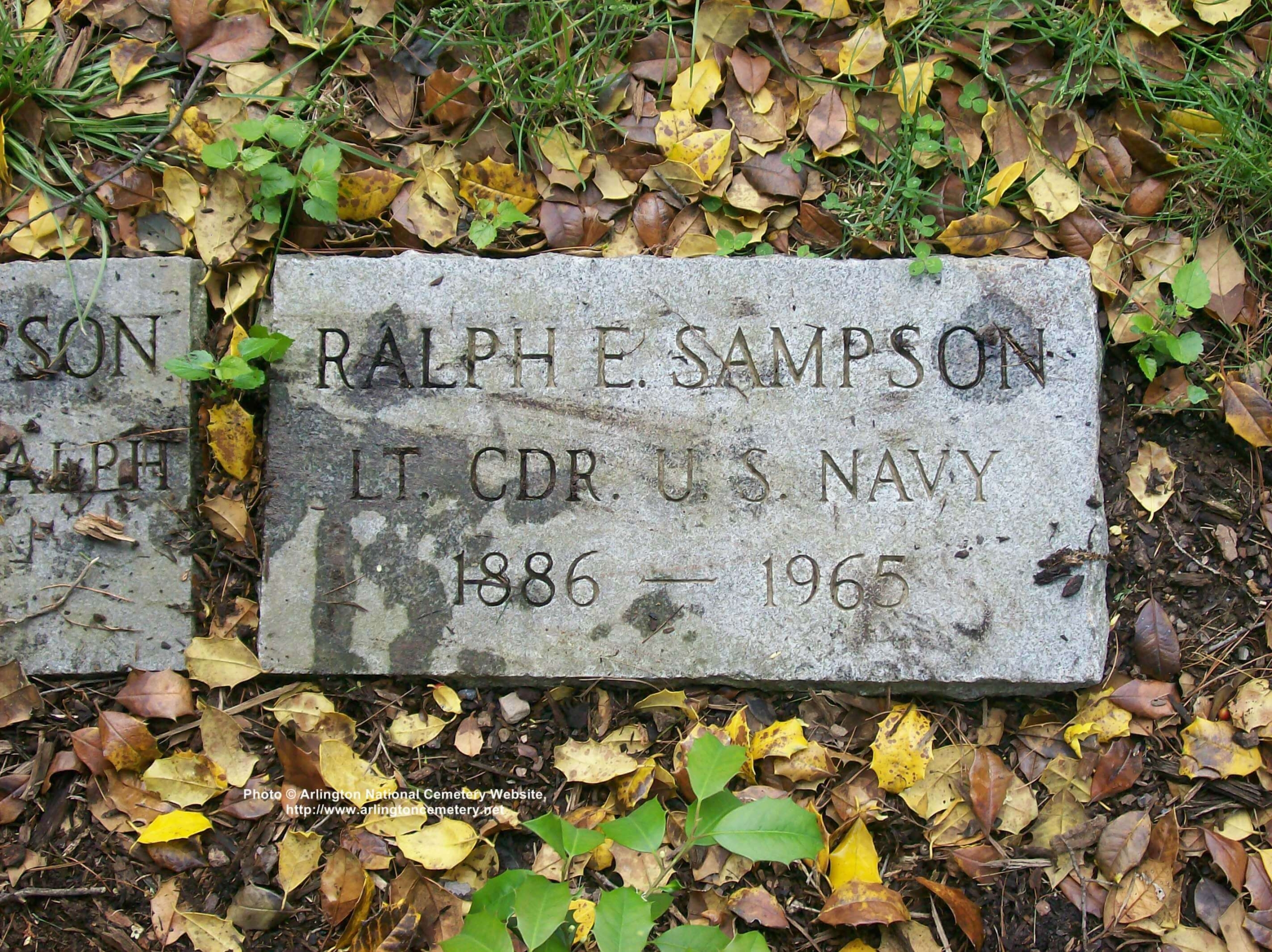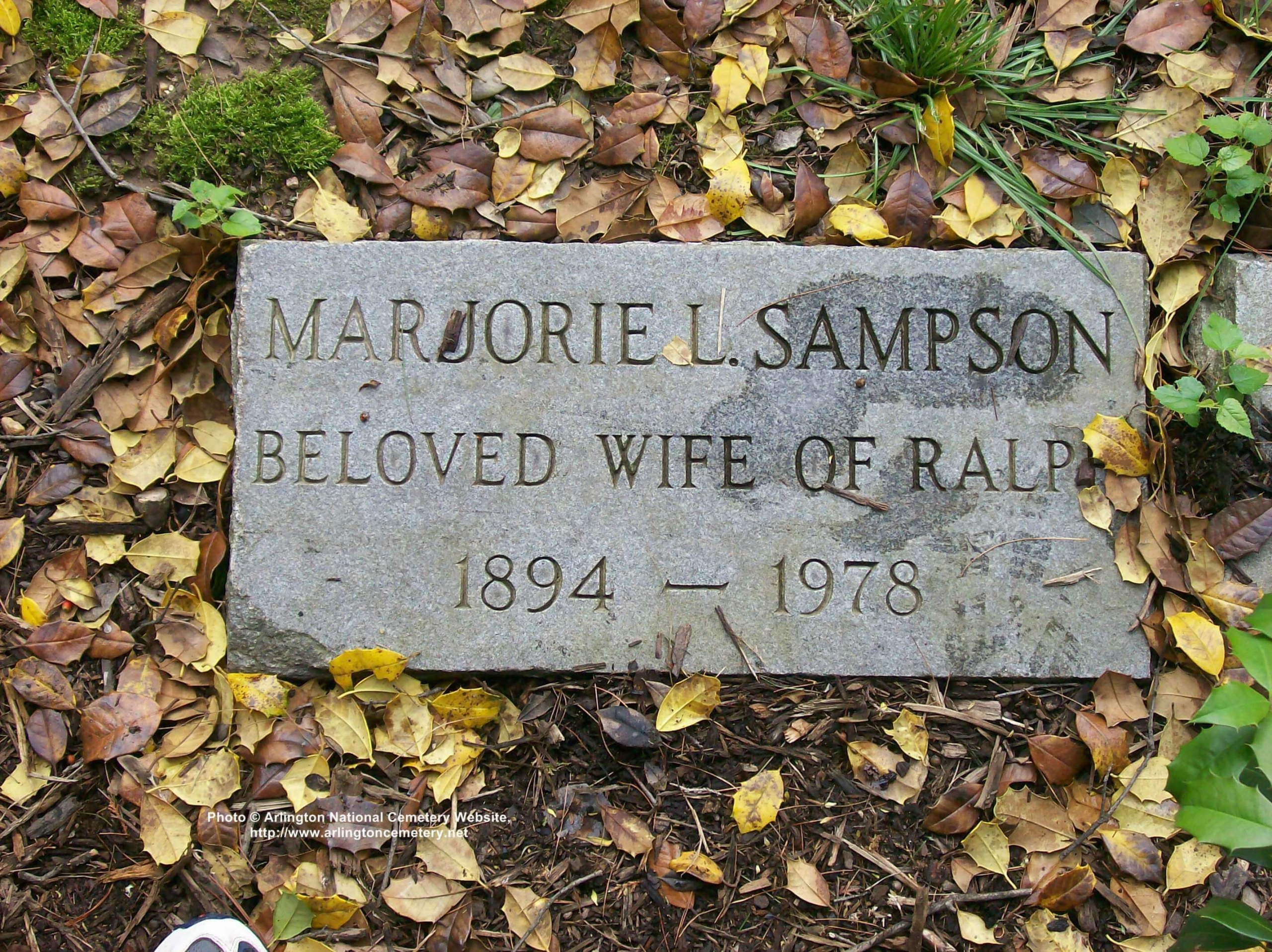Born at Palmyra, New York , February 9, 1840. Appointed to the United States Naval Academy September 24, 1857, and graduated at the head of his class in 1861. He subsequently earned an LLD degree from Harvard in 1899.
Married:Margaret Sexton Aldrich, 1863. Married second time to Elizabeth Susan Buring, 1882.
He was promoted to Master, 1861 and commissioned as a Lieutenant July 16, 1862. He was Executive Officer on the ironclad USS Patapsco when it was blown up by mine in Charleston harbor. He was blown into water, but then rescued.
Advanced to Lieutenant Commander, July 25, 1866, Commander, August 9, 1874, Captain, March 1889. He was Superintendet of the Naval Academy, 1886-90. An expert on ordnance, torpedoes, etc. With Lieutenant Joseph Strauss, he devised-perfected superimposed turrets introduced into the Navy in February 1898. He was President, Board of Inquiry as to cause of the destruction of the USS Maine in Havana Harbor, February 15, 1898, and after a declaration of war with Spain he commanded the North Atlantic Squadron with the rank of acting Rear Admiral. Promoted to Commodore, 1898, Rear Admiral, 1899.
During the Spanish-American his command numbered 125 vessels, the strongest ever organized for hostile purposes. His fleet captured many Spanish merchant vessels and blockade runners and finally defeated the Spanish fleet under Admiral Cevera. Appointed, September 1898, one of three commanders to Cuba. Resumed command of North Atlantic fleet, December 1898. Commandant, Boston USN Yard, Oct 14, 1899.
In 1865-67 he served on the USS Colorado in European Squadron, advancing to Lieutenant Commander, Jul 1866. Again at USNA 1868-71, and, after service on the USS Congress in 1872 and European station in 1873 and promotion to Commander in August 1874, he returned for third tour, 1874-78, as head of Physics Department. 1879-82 he commanded USS Swatara in the Asiatic Squadron, after 2 years as Assistant Superintendent of the Naval Observatory in Washington, DC, during which time was delegate to International Prime Meridian Conference, October 1884, he commanded the Naval torpedo station at Newport from 1884 to 1886. September 1886 named Superintendent of the Naval Academy.
Promoted to Captain in March 1889, he left the Academy in 1890 to command the USS San Francisco. 1893-97 he was Chief of the Bureau of Ordnance, where under his leadership much progress was made in such matters as introduction of smokeless powder and improvement of gunnery training. Jun 1897 given command of new battleship Iowa, joining the North Atlantic Squadron as senior Captain. During February-March 1898 served as president of the Naval Board investigating the sinking of the Maine in Havana harbor. In the latter month he was advanced to acting Rear Admiral, and named to succeed the ailing Montgomery Sicard in command of the North Atlantic Squadron.
On declaration of war against Spain in April, he proceeded from Key West to institute a blockade of northern coast of Cuba, his own plan to attack Havana directly having been overruled by the Navy Department. In May while location of the Spanish fleet under Admiral Cevera was yet unknown, he made a cruise east to Puerto Rico and on May 12 bombarded San Juan. He then returned to blockade and joined by “Flying Squadron” under Winfield Scott Schley, who, though technically his senior, was placed under his command for the campaign. He sent Schley to reinforce the blockade of the southern coast, particularly at Cienfuegos and Santiago. Schley was tardy in movements, and Cevera slipped undetected into easily defended harbor at Santiago. When he was finally discovered there, Sampson concentrated his forces outside the harbor. He supported landing of Shafter’s army at Daiquiri, June 22, and the capture of Siboney next day, and the subsequent advance to Santiago.
Following capture of San Juan heights commanding the city on July 1 he and Shafter arranged a shore conference to plan a coordinated land-sea assault. On morning of July 3 aboard the USS New York, headed for the conference point some miles to east. Half an hour later the first of Cevera’s ships appeared, steaming out of harbor to west. The Blockade Squadron, under the immediate command of Schley, went instantly into action and in less than 4 hours entire Spanish fleet was sunk or run ashore. The battle took place entirely to west of harbor entrance, and the New York was out of it altogether. Considerable controversy ensued, with Schley, who had been present aboard the USS Brooklyn, quickly becoming hero of day in papers, while the Navy Department and most knowledgeable observers credited Sampson’s training, preparation, and standing orders with the squadron’s success. A dispute, bitter at times, delayed promotions for both men for nearly a year.
During September-December 1898 in Cuba as 1 of 3 US commissioners. He was made permanent Rear ADmiral in March , and resumed command of his squadron until October 1899. He commanded the Boston Navy Yard until October 1901, waiting orders from then until hie retirment, February 1902.
He died on May 6, 1902, at Washington, DC and it was originally suggested that he be buried at the Naval Academy. Hw was, however, subsequently buried in Section 21 of Arlington National Cemetery.
His second wife, Elisabeth Susan Buring Sampson (1851-1936) is buried with him, as his his son, Commander Ralph E. Sampson (1886-1965) and Ralph’s wife, Marjorie L. Sampson (1894-1978) and his son, William Thomas Sampson II, Lieutenant Colonel, United States Army (November 18, 1913-September 17, 1996).
SAMPSON, ELIZABETH DARLING W/O WM T
DATE OF DEATH: 08/24/1936
DATE OF INTERMENT: 08/27/1936
BURIED AT: SECTION 21 SITE S-O
ARLINGTON NATIONAL CEMETERY
WIFE OF WT SAMPSON
SAMPSON, RALPH E
LCDR USN
VETERAN SERVICE DATES: Unknown
DATE OF BIRTH: 12/15/1888
DATE OF DEATH: 12/19/1965
DATE OF INTERMENT: 12/22/1965
BURIED AT: SECTION 21 SITE 5-9 ES
ARLINGTON NATIONAL CEMETERY
SAMPSON, WM T
REAR ADM USN
VETERAN SERVICE DATES: Unknown
DATE OF DEATH: 05/06/1902
DATE OF INTERMENT: Unknown
BURIED AT:
ARLINGTON NATIONAL CEMETERY
Michael Robert Patterson was born in Arlington and is the son of a former officer of the US Army. So it was no wonder that sooner or later his interests drew him to American history and especially to American military history. Many of his articles can be found on renowned portals like the New York Times, Washingtonpost or Wikipedia.
Reviewed by: Michael Howard

